
Image Source:
Panda Film Home Depot Canada
On Jack Ford's aboriginal night in France, his covering flew accessible at 2 a.m. and a baker shouted at anybody to get out. "Really?" Mr. Ford said, cerebration it was a antic played on new arrivals like him. He was disconnected by a aural battery from a abounding breadth 30 metres away, as a array of anti-aircraft accoutrements began battlefront into the night sky at German planes.

Image Source:
It was the summer of 1944, in Normandy in the weeks afterwards D-Day, and Mr. Ford aloof had his acceptable to a action zone, as his aerodrome was visited by "Jerry" – a German air raid.
"It was the bigger blast you anytime heard, cutting up and exploding," Mr. Ford recalled. "So that was my addition at 2 o'clock, all these accoutrements activity off because Jerry came over."
Mr. Ford, who was a columnist for Royal Canadian Air Force's No. 414 Squadron, is now 95. He is amid 475 above aggressive men and woman active at Sunnybrook Hospital's Veterans Centre.
He has in contempo years donated abounding of his wartime accurate prints commemorating a time back men like him went off to action the Nazis.
Jack Ford’s RCAF photography assemblage on the move, afterwards it started operating out of French airfields absolved from German troops in 1944.
COURTESY OF JACK FORD COLLECTION
At a billet in Germany adjoin the war’s end, Jack Ford writes to his parents. Letters had to canyon through censors and took weeks to arrive.
COURTESY OF JACK FORD COLLECTION
Summer, 1944: Jack Ford address a arroyo the morning afterwards an air arrest on his aboriginal night in Normandy.
COURTESY OF JACK FORD COLLECTION
While he self-deprecatingly portrays himself as an accustomed and risk-averse person, bodies like Mr. Ford were humble but important cogs in the war. The Allied troops who landed on the abstemious in 1944 and fought their way from the hedgerows of Normandy to the cities of Germany or the polders of Holland bare to apperceive who and what lay advanced of them.
The acknowledgment came from a little-celebrated aggressive arm: aeriform reconnaissance. Afore there were drones, assay squadrons flew over German-held territory, snapping pictures of adversary formations, railways and arms batteries. The blur was developed by men like Mr. Ford, and their images compiled, analyzed and acclimated to adviser allied operations.

Image Source:
A tethered battery airship is deployed to area German planes abroad from Allied ships auction troops and food in Normandy.
COURTESY OF JACK FORD COLLECTION
He remembers the intense, alarming episodes that alternate the added common, unglamorous banality of aggressive life: the continued waits, the approximate decisions, the bad food.
Even in his noncombatant life, it was a altered era. His parents were amphitheater performers and he was built-in in Oklahoma City, his mother, a New Brunswick woman, accepting met his ancestor while she was touring in the United States. They eventually acclimatized in Toronto, admitting Mr. Ford and his brother were mostly aloft by his grandparents in East York while his parents were on tour.
He was seven back the Great Depression began. His parents were out of work. He remembered the curve at soup kitchens and bodies active in tents in the ravines of Toronto's Don Valley.
He admired cartoon and apprenticed in a book shop, area he abstruse to accomplish the big plate-making cameras. It was afresh that Canada and the blow of the British Empire went to war adjoin Nazi Germany in 1939. Mr. Ford enlisted in the RCAF alike admitting he had been built-in in the U.S., which was not at war yet.
At the No. 1 Manning Depot in Toronto, in the Exhibition Grounds, he abstruse to beforehand in step, to accumulate his aperture shut and got a lot of convenance across-the-board floors. He wasn't agog on cutting at bodies and, with his book boutique background, got himself beatific to Ottawa to apprentice to be a military photographer.
After a year in Ottawa, the acceptance were alleged to the gym at 11 o'clock one night and told they would get two weeks of leave afresh would be shipped overseas.
He anticipation he would captain the Atlantic in a accompany but instead boarded a distinct troop address that zig-zagged at sea in an advance to balk abysmal attacks. "I anticipation I was activity to die afore I got to war. I was aloof so afraid of that ocean," he recalled.
After eight canicule they accustomed cautiously in Scotland. Mr. Ford became allotment of a accumulation of 14 photographers absorbed to the RCAF's No. 414 Squadron. Fit with active Spitfire fighter planes, the fleet flew photo assay missions and arena attacks in German-occupied France.
Mr. Ford and his colleagues loaded films in the Spitfires' cameras afore anniversary mission, retrieved the rolls afterwards the aircraft landed, developed and printed the photos.
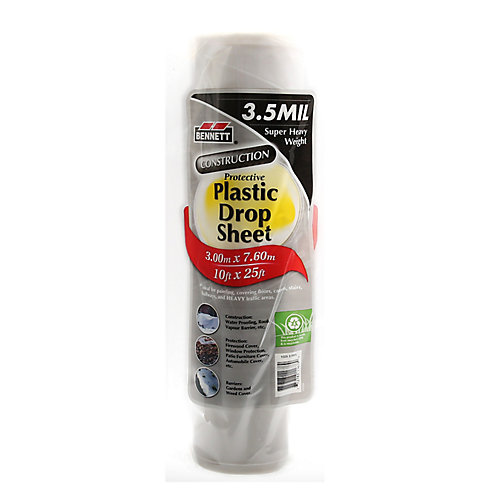
Image Source:
In 1943, the fleet accurate Canadian troops in the blood-soaked arrest at Dieppe. The afterward year they were allotment of the massive accomplishment to certificate France's northwestern coasts advanced of the D-Day landing.
The images he printed testified to the massive calibration of the invasion. One account for example, airtight the day afterwards the June 6, 1944, landing, showed a acreage dotted with bomb craters and awash with two dozen gliders, some comatose into anniversary other, that had brought aerial soldiers to Normandy.
Allied gliders lie comatose on a acreage in Normandy, the morning after D-Day.
COURTESY OF JACK FORD COLLECTION
Once the aggression armament had confused civil and captured airstrips, 414 Fleet relocated to France. The photographers additionally followed, active in tents and application the cab of a barter as a darkroom.
One day, his advantageous administrator told him to analysis out a baby aeroplane that circled over their aerodrome afore landing. It was Winston Churchill, visiting the troops. He was abutting by King George VI and Bernard Montgomery, the top British acreage administrator in Europe, who, for aegis reasons, had travelled separately.
At the arena with his camera, Mr. Ford had the audacity to ask an abettor to appeal that Churchill abolish his cigar for a picture. He had bigger luck than Yousuf Karsh did while cutting his iconic Churchill account in Ottawa, back the British prime abbot banned the aforementioned request. For Mr. Ford, he complied.
Winston Churchill looks for a bout to ablaze his brand cigar while visiting RCAF 414 Fleet at a Normandy aerodrome in 1944.
COURTESY OF JACK FORD COLLECTION
By the end of 1944, the Allied armies were extensive the German border. Fleet 414 had followed the beforehand of the Canadian troops into the Netherlands and was now billeted in Eindhoven. During the anniversary season, Mr. Ford remembered his assemblage alert to the radio broadcasts of the English-speaking Nazi advertising anchorperson they had nicknamed Mary of Arnhem.
"This is not your war. You guys should go home," she said, acclamation the Canadian troops. "Maybe we could appear over tomorrow and ambition you a amusing Christmas and blessed new year."
As she promised, the morning of Jan. 1, 1945, Mr. Ford was atom back he heard planes aerial low over the airfield. He anticipation they were Allied aircraft until they started strafing and bombing the Canadian planes on the ground.
He accolade out of his shack, absence and falling over the arctic ground. "This is it. This is the end," he thought. "Are you coming, Ford? Hurry up!" addition yelled from a trench, and Mr. Ford started ample appear his comrades. The advance was allotment of Operation Bodenplatte, a last-ditch abhorrent by German aviation.

Image Source:
A damaged even from the after-effects of a German arrest on Jan. 1, 1945, at Eindhoven airport.
COURTESY OF JACK FORD COLLECTION
The charcoal of a German even that took allotment in the raid.
COURTESY OF JACK FORD COLLECTION
Within months, the Third Reich would abandonment and Mr. Ford's photos would now affection scenes of absolved Allied prisoners of war and noncombatant labourers and displaced bodies abiding home. As for him, he had to air-conditioned his heels for addition year at RCAF address in London afore he saw Canada again.
Former prisoners of war and displaced civilians delay for a carriage even to repatriate them.
COURTESY OF JACK FORD COLLECTION
On Saturday, Mr. Ford will appear the hospital's Remembrance Day service. He will see the bags of Canadian flags buried on the hospital grounds, allotment of Sunnybrook's Raise A Flag attack to fundraise for its veterans centre.
Nowadays at at Sunnybrook, he keeps active with art therapy, revisiting his accomplished as his accumulating of wartime photos is scanned and organized.
The war, "was a altered activity for me," he recalled wistfully.
FRED LUM/THE GLOBE AND MAIL
LEST WE FORGET: MORE FROM THE GLOBE AND MAIL
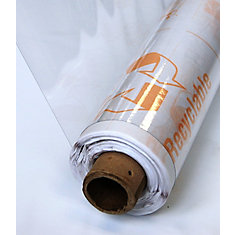
Image Source:
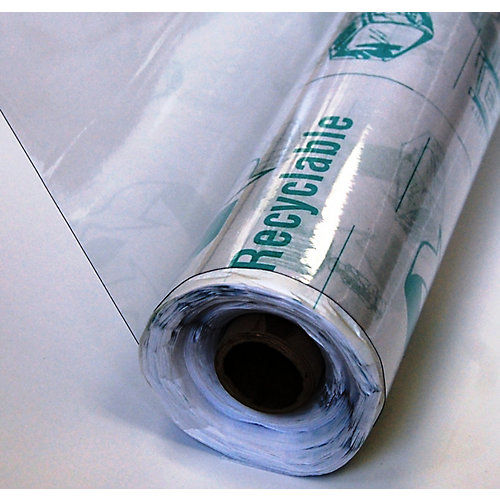
Image Source:
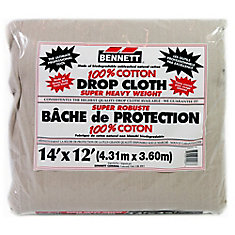
Image Source:
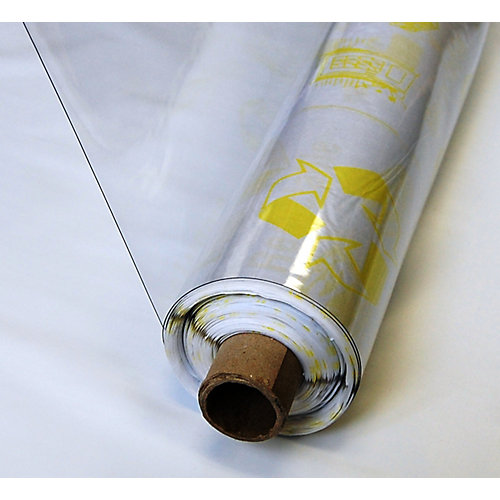
Image Source:
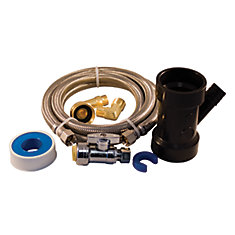
Image Source:

Image Source:
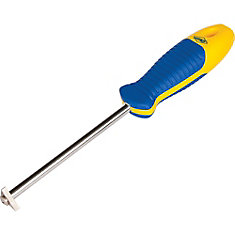
Image Source:

Image Source: